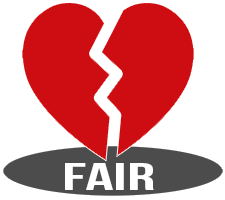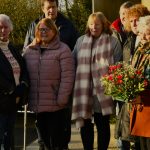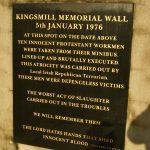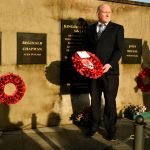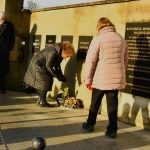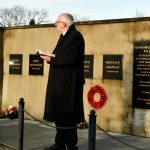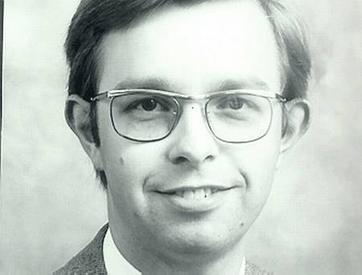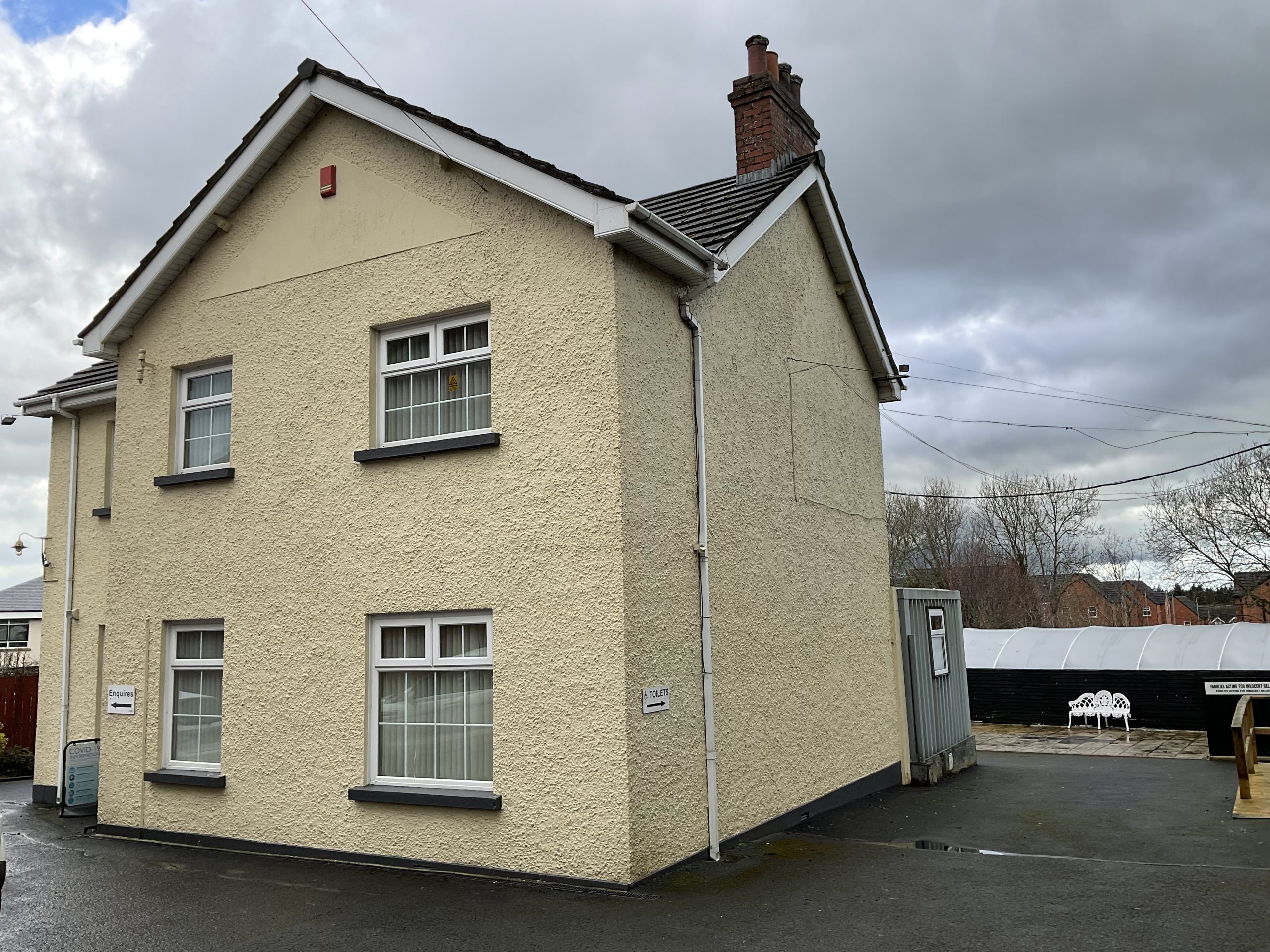FAIR Memorial Service Kingsmills
Families Acting for Innocent Relatives (FAIR) paid tribute to the victims of the Kingsmills Massacre with a solemn memorial service in South Armagh. The event aimed to remember and honor the innocent lives lost during this atrocity, as well as to raise awareness about the ongoing pursuit of justice for the affected families.
The Kingsmills Massacre, which occurred in 1976, left a lasting impact on the community, as 10 innocent Protestant workers were brutally murdered by the PIRA while traveling home from work. To this day, justice has not been realised for the families affected by this senseless act of violence.
FAIR, a dedicated victims group committed to supporting those who have suffered from terrorism-related incidents, organised this memorial service to bring together the affected families, friends, and community members. The event provided an opportunity for collective reflection, healing, and solidarity.
The memorial service included representatives of FAIR, local community leaders, and family members directly affected by the Kingsmills Massacre. A moment of silence was observed to honour the memory of the victims, and attendees had the opportunity to lay flowers and wreaths in remembrance. A wreath was laid by FAIR Chairman and members of the group.

FAIR spokesperson stated, "The Kingsmills Massacre is a painful chapter in our history that continues to resonate with the affected families and the wider community. This memorial service was not only a tribute to the lives lost but also a call for justice and accountability. FAIR remains committed to supporting the affected families in their pursuit of truth and closure."
Members of the media were invited to attend the memorial service, which took place at Whitecross in South Armagh.
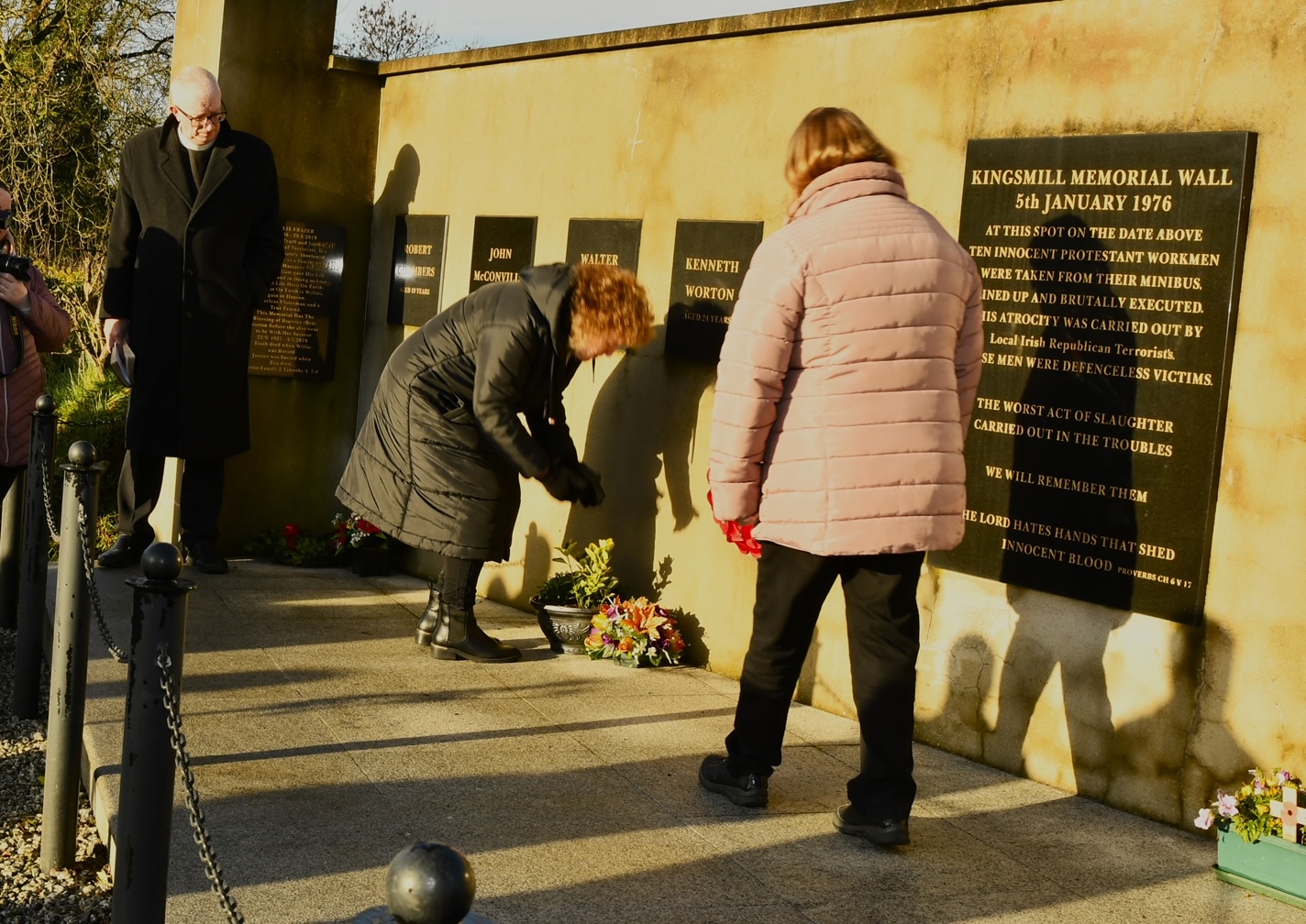
Kingsmills Massacre Memorial 2024
A memorial service for the 48th anniversary of the Kingsmill massacre was organised this morning by FAIR at the memorial erected to mark the victims of one of Northern Ireland's worst atrocities.
The lonely roadside in south Armagh was where 10 innocent Protestant workers were shot dead on a dark January evening as they returned home from work in 1976.
The memorial service was conducted by Rev Graham Middleton who expressed his “privilege and an honour” to take the service, and expressed his solidarity and support for the families.
The 48th Kingsmill Anniversary Remembrance service for the Kingsmill shootings at the memorial wall outside Whitecross in Co. Armagh. 10 Protestant men were shot dead by republicans after their work van was pulled in January 1976. Picture by Jonathan Porter/PressEye
Speaking at the memorial he said
“I guarantee you each one of those families, to each one of them, it’s just like yesterday because it’s still raw," he went on to speak of the comfort of God for those families many of whom were present.
The terrorist ambush had been carefully prepared with multiple killers taking part alongside support teams and scouts. It was not as some alleged a knee-jerk reaction to recent events, nor was it as the PIRA tried to claim an operation carried out by another group. It was a cold calculated act of sectarian barbarity against the minority Protestant population of South Armagh, part of a wider campaign to ethnically cleanse the entire border area of Protestants. That night the men were asked their religion, fearing it was the sole Roman Catholic who was the target they tried to protect him but the terrorists ordered him to flee the scene before murdering the remaining Protestants.
The 11 remaining men to line up outside the van before opening fire, those not killed in the initial hail of gunfire were systematically executed as they lay injured on the ground. Alan Black was the sole survivor, who despite being riddled with bullets lived as the bodies of his workmates covered him.
Family members of those killed during the Kingsmill Massacre laid flowers below plaques bearing the names and ages of the victims.
Jacqueline Semple’s brother Kenneth Worton one of the 10 men killed in the attack.
He was 24 at the time and Ms Semple was 22. She said losing her brother was “terrible”.
“There was five of us in the family and we just played normally and had a normal good upbringing and this was just devastation. Never in your wildest dreams – such a tragedy,”
“It was just hard. I was a bridesmaid at his wedding and then he was my best man and, like, there’s only really a year and a half between the two of us and we were so close.”
Ms Semple said it was “raw” to return to the site of the ambush.
“You have to be here. You know, it’s 48 years now and we’re coming here 48 years,... I’m not one for graveyards. I mean, they’re up there, they’re in your heart. But this is nice to have somewhere to go.”
Mourners sang a hymn and a two-minute silence was observed
As the 50th anniversary of the attack approaches, Ms Semple said her family will always remember Mr Worton.
“We speak about him all the day, his photograph’s up, we’re always talking about him.
“And then his two daughters, they were only six and three, and it’s just, it’s a brother, you’ve lost as a whole.
“This was a big thing, like, in 76. I mean, it felt like something out of a different country.
“It brings it all up. It’s hard. It’s hard. He’s always there. He’s always mentioned. Never forget, until the day we die.”
Edgar Graham Anniversary
As we reflect this week on the murder of Human Rights Lawyer Edgar Graham 40 years ago we wonder what his thoughts would have been on the recent Legacy Legislation. We hear much about the killing of so-called human rights lawyers by loyalist paramilitaries, however little has been said and few inquiries have been launched into the serial murder of legal and judicial figures by the PIRA. Edgar Graham was first and foremost a lawyer, an academic and expert who pioneered human rights law in Northern Ireland. In his human rights work Edgar dedicated many hours to working on advancing an application to the European Commission of Human Rights on behalf of 32 applicants, most of whom were widows from the border areas of Northern Ireland and victims of what amounted to an ethnic cleansing of Protestant residents.
A Rising Star
Educated at Ballymena Academy, he graduated with a law degree at Queen's University Belfast (QUB) in 1976, and pursued postgraduate study at Trinity College, Oxford, from 1976. In 1975 Graham was vice-chair of the Queen's University Conservative and Unionist Association; in 1978 during his studies at Cambridge he joined the centre-right Bow group within the Conservative party. In 1979 he became lecturer in constitutional and European Community law at QUB and at the time of his death he was completing a doctorate. Edgar was called to the Northern Ireland bar in 1980, and swiftly established an outstanding reputation. He was assistant editor of the Bulletin of Northern Ireland Law, and in 1982 a fellow in European law at the Salzburg seminar. He made legal submissions to the European Commission of Human Rights on behalf of the widows of victims of terrorism. He published a pamphlet denouncing the Republic of Ireland's unwillingness to extradite terrorist suspects; at the time of his death he was completing another on Sinn Féin's links to paramilitarism, calling for the party to be proscribed and its leaders prosecuted.

He pioneered the use of new and innovative legal avenues to tackle terrorism. As an outspoken defender of the supergrass system, provided the court knew the terms of the deal between state and witness, he pointed to its effective use against the Italian Mafia, and attacked the ‘sophisticated propaganda campaign’ against it.
However it is for his visionary use of Human Rights Law and the European Court of Human Rights to challenge terrorism for which we remember him. He was the first to define and condemn the actions of the PIRA as abuse of Human Rights forming the European Human Rights Unit which represented the case of victims of terrorism for the first time presenting cases to the European Human Rights Commission and United Nations Human Rights secretariat. Alongside local MP Harold McCusker he focused on South Armagh to build his case and exposed the sectarian nature of the PIRA's campaign as well as at the collusion and complicity of the Irish Government in terms of their failure to extradite terrorists.
Speaking in the Northern Ireland Assembly months before he was murdered he was one of the first to use the term 'genocide' for what was happening to border Protestants. In an article in the Belfast News letter in February 1983 we read:
"IRA in ‘campaign of genocide on border’ THE Provisional IRA has mounted a campaign of genocide against the Protestant population in Ulster’s border areas, ‘the Assembly heard yesterday. South Belfast Official Unionist member Edgar Graham said the republican terrorist group was bent on eradicating a particular group of people simply because of their religion. He said many of the group's victims in the border areas had simply been killed because they were Protestants, not because they were members of the security forces. Mr Graham was putting forward a motion condemning Eire's attitude to extradition. It also called on the Government to press the Eire Government to introduce extradition and not to accept any substitute. Mr Graham claimed that extradition was the one major obstacie to the defeat of terrorism in Ireland and it was about time the Eire Government woke up to its responsibilities."
He championed the case of Edith Elliott whose husband George Elliott and brother Jack Donnelly had both been murdered along with over 30 other cases as they exposed the human rights abuses suffered by victims. It was obvious that framing the Troubles in terms of Human Rights was the most potent weapon against terrorism.

The light of that truth and with the effective operation of justice there was real hope that in the early 1980s we could have seen an end to the violence. As a campaign was launched in Europe, the United States and internationally with lawyers taking the lead there was a real hope of truth and justice securing a real peace here. We believe that such was the threat to terrorist organisations of this victims centred lawyer led approach that they determined to kill it at birth. The murder of Edgar Graham who was the brains behind the new strategy and the acceptance by the British Government of the Anglo Irish Agreement effectively killed the initiative. Sadly the unionist community were distracted for almost 15 years and in that time it was the terrorists who took up the tools and terminology of human rights. They literally killed Northern Ireland's human rights lawyer and stole his ideas. We have seen the sickening irony since of generations of lawyers twisting Human Rights to suit the cause and support the actions of terrorism.

It was only in 1998 with the Long March and the foundation of victims groups led by FAIR that real victims rediscovered the value of Human Rights to frame their case. Many of the same victims supported by Edgar Graham joined FAIR and the research around Human Rights abuses and Extradition which was was secured by Edgar in the 1980s was handed over to FAIR's Research and Policy Unit forming the foundation of our work. It was taken forward and formed the basis of what we termed LAWFARE and once more helped victims secure truth and justice. We pay tribute to the life and work of Edgar Graham, the vision he had of supporting victims and securing justice. We continue that work today and are proud to carry on what he started over 40 years ago. As his headstone and memorial in Stormont says
Attack upon the Rule of Law
We must remember that central to the PIRA terrorist strategy was an assault upon not only the police but the judiciary and legal profession. Attack on court houses and their staff as well as widespread witness intimidation and wholesale efforts to subvert the criminal justice system was part and parcel of their strategy. Other senior legal figures murdered include:
- 11th of October 1972 - Resident Magistrate William Staunton, a Catholic, shot dead on the as he drove his daughter, Sally-Ann, to St. Dominic’s convent grammar school on the Falls Road.
- 16th of September 1974, Judge Rory Conaghan, a Catholic, murdered at his home in front of his 9 year old daughter, Deirdre.
- 16th of September 1974, Resident Magistrate Martin McBirney, a Protestant, at his home in front of his family.
- 16th of January, 1983, Judge William Doyle was murdered by the IRA as he came out of Mass in St. Brigid’s Catholic church on Derryvolgie Avenue in Belfast
- 28th of April, 1987, the IRA murdered 73-year-old Appeal Justice Maurice Gibson and his wife Cecily by bombing their car at the border, with collusion between the IRA and the Irish police, An Garda Siochana
- 23rd of July, 1988, in a repeat attack the PIRA tried to murder Catholic Justice Eoin Higgins and his wife but instead killed the entire innocent Hanna family.
The story of his Life and Death
An excellent article and series of podcasts by the Belfast Telegraph have highlighted the the PIRA murder of Edgar Graham a true human rights lawyer whose vision for Northern Ireland was cruelly cut short. In his own words we hear him highlighting the plight of border farmers who themselves lived under threat of assassination. In the chilling account of the murder of this bright young man.
Edgar Graham was just 29 years old when the IRA gunned him down on the street at Queen’s University in south Belfast.
The young law lecturer and unionist politician had a brilliant mind and was widely believed to be a future leader of the Ulster Unionist Party. David Trimble said he’d never have been Ulster Unionist leader if Edgar had lived.
Forty years after a crime which even by the standards of the Troubles shocked Northern Ireland, Sam McBride investigates why the IRA targeted him, whether he was set up by a colleague, and where this lost leader of unionism might have led Northern Ireland.
In this BelTel special documentary, Edgar’s friend Dermot Nesbitt, who was standing beside him when he was killed, revisits the scene for the first time in 20 years as he and others who knew Edgar well tell his story.
Killing Edgar: The IRA murder of Edgar Graham (part one)
Edgar Graham didn’t stand a chance. A gunman approached him from behind, shooting him dead just yards from the law faculty at Queen’s University where he worked.
At just 29, he was one of the most outstanding politicians the Ulster Unionist Party had ever produced and overwhelmingly likely to be a future party leader.
How would he have changed Northern Ireland if he had gone on to lead unionism?
The IRA immediately admitted responsibility for his murder, but why was he singled out?
And Sam McBride tracks down a fellow law lecturer accused of helping the IRA to target Edgar. He hears his first direct comments on the accusations in the 40 years since the killing.
Living Memorial Centre Development
AS FAIR marks its 25th Anniversary they have launched an exciting new Living Memorial Centre Development project. Over 15 years ago the group secured premises in Markethill. In what was the school masters house the group developed the first phase of their Living Memorial centre with a reception and administrative hub, meeting room and multi-purpose space, with kitchen. On the first floor an IT suite, and officers were developed. A memorial garden with a marble memorial funded and designed by friends and supporters on the mainland became the centrepiece with a place for victims to reflect and remember.

The group quickly outgrew the building and as new projects and activities were launched a number of temporary offices were placed on site. Over the last decade the group continued to develop the main building with an extended kitchen and disabled access toilets and storage. However as FAIR looked to its first quarter century one of the key priorities was a major development project to modernise and make their centre fit for the future. As members views were canvassed and professional advice Slough the project took shape with a range of new facilities and multiple-purpose spaces envisaged.
Meetings have already begun with the design team and the committee is turning its attention to fundraising. The ambitious target of £250,000 has been set - £10,000 for every year that FAIR has been in existence. The vision for the centre as a 'living memorial' remains strong and guides the group. It see the centre as a place of safety and support. FAIR has developed their facility at Mount Pleasant House as
An accessible, safe, friendly supportive and well resourced facility where victims can—
-
Remember loved ones they have lost as a result of the past thirty years of terrorism.
-
Meet and share within a social setting where they can share their experiences
-
Access professional services to help them deal with their physical and mental trauma,
-
Develop the skills, confidence and capacity needed to move on with their lives,
-
Receive the support, advocacy and care they deserve from the group they created
-
Deal with the Past and provide their interpretation of it in a positive way
-
Reintegrate into the community forming practical partnerships that benefit all
-
Become a valued group in society playing a full role in building lasting, genuine peace
UN Memories Campaign
Memories Campaign

The Memories Exhibition is presented on the occasion of the United Nations Global Congress of Victims of Terrorism - 8-9 September, 2022, UN Headquarters, New York
Part of our shared human experience is an innate desire to attach personal meaning to physical objects: it is something we do from the moment we are born.
Physical objects hold memories, emotions, aspirations: they form links to people who are no longer with us, and they keep us connected to versions of ourselves that were lost or forever changed - sometimes through growth or the passage of time, sometimes by a traumatic event, such as a terrorist attack.
The Memories campaign shares the intimate memories of the victims of terrorism featured in it, as well as the personal meaning tied to physical objects they hold dear. Through film and photography, it highlights these stories belonging to the twenty-two (22) victims of terrorism. Through these objects, the owners have shared their memories and emotions, in a simple but powerful way for audiences to relate to them, to feel their loss and to better understand the importance of remembering and paying tribute to victims of terrorism.
Ultimately, the stories aim to raise a collective consciousness and to create awareness about the importance of preventing terrorist attacks and the ensuing emergence of new victims. The campaign’s “humanization” of victims of terrorism strives to change society’s mindset, behavior, and attitude towards victims.
Click on the map pins to learn more about the victims.

Ahmed Hadji
Kampala, Uganda, 2010

Ahmed Hadji was watching the 2010 FIFA World Cup final match at the Kyadondo Rugby Club in Kampala, Uganda, when an attack carried out by Al-Shabaab took place.
The attack left 74 people dead and 75 injured. After the attack, Ahmed found comfort in the passages of the Quran. He keeps the Holy Book at hand and it reminds him of his responsibility towards other victims and his community.
Ashraf Al-Khaled
Amman, Jordan, 2005

Ashraf Al-Khaled and his wife survived a series of bomb attacks at the Radisson SAS Hotel in Amman, Jordan on their wedding day in November 2005.
Twenty-seven people died as a result of the bombings, including Ashraf's father, who passed away whilst holding his rosary. Ashraf has kept the rosary in memory of his father and it reminds him to speak out and tell his story. It is his way of healing and helping others.
Falmata Bunu
Northern Nigeria, 2015
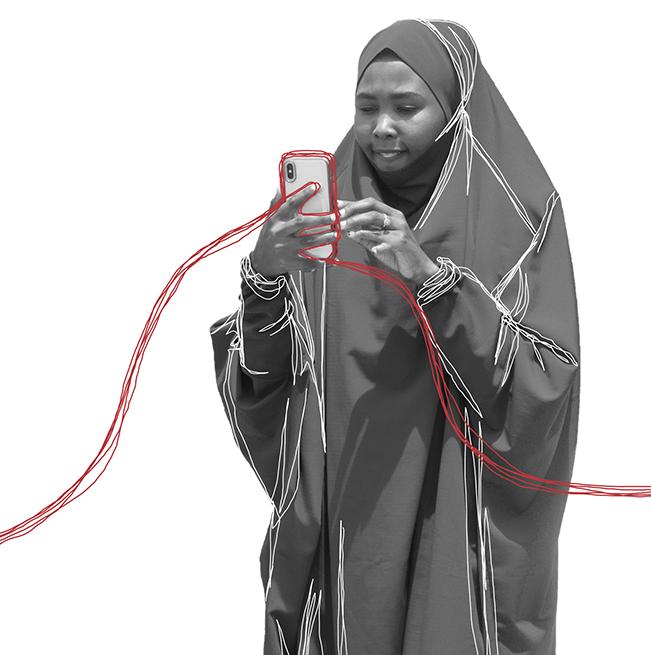
Falmata Bunu was held in brutal captivity for months by Boko Haram after they raided her village in northern Nigeria in 2015.
Now that Falmata is free, chatting with people, particularly through her phone, makes her happy. Falmata uses her phone to feel part of a community. It helps her forget what happened to her, breaks her feelings of isolation and enables her to be closer to people.
Hasan Wahhab
Baghdad, Iraq, 2013
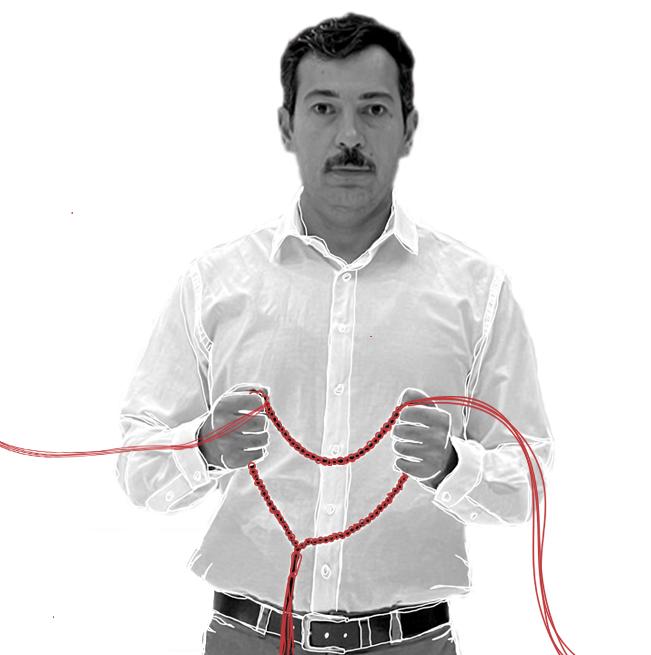
Hasan Wahhab Hadi al-Araji survived multiple terror attacks in Iraq that took the lives of several of his best friends and family members, including two of his cousins.
Forgotten on a chair by one of his cousins, the prayer beads now hang on his rearview mirror in his car. As he drives, looking at the beads inspires him in his mission to foster human rights and the rights of victims.
Iman Muhammad
Sinjar, Iraq, 2014
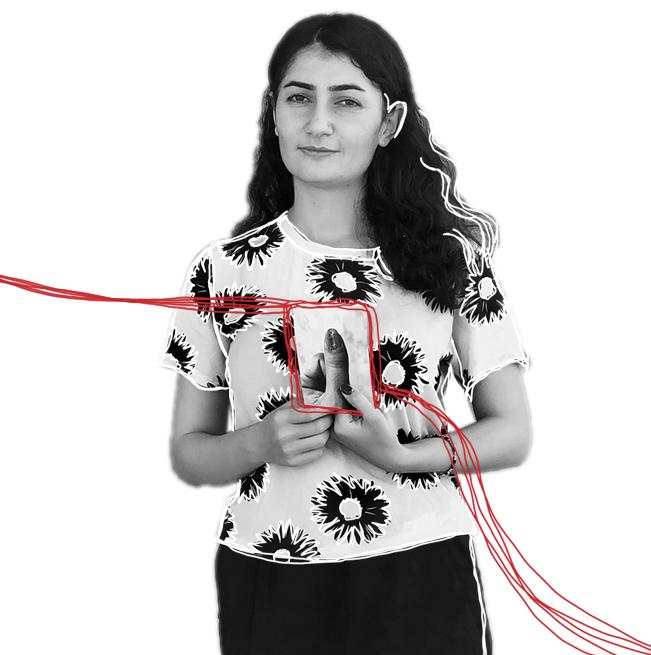
Iman Muhammad was abducted with hundreds of Yazidi girls after Da’esh attacked her village in Sinjar, Iraq in August 2014.
Iman was tortured, traded and forcibly married numerous times. Stripped of her dreams and wishes, she found comfort in her thumb. She would anxiously rub it as she endured the ordeals of her captivity.
Imrana Alhaji Buba
Nigeria, 2010
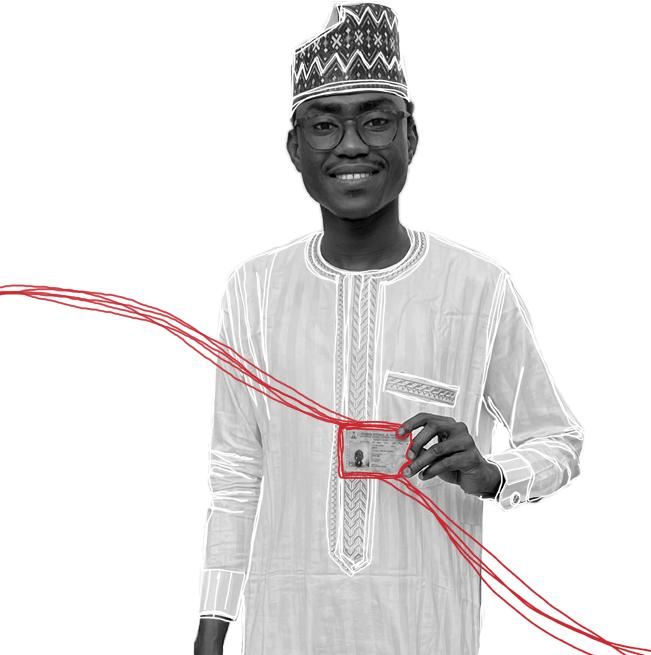
Imrana Alhaji Buba faced a traumatic experience on 6 June 2010 while he was on his way to the University of Maiduguri in Nigeria.
Boko Haram stopped his bus, searched passenger’s belongings and kidnapped several of them. The episode has changed the way he feels about his ID card, an object that determined people’s fate that day. He has since engaged in preventing violent extremism among youth.
Irene Villa
Madrid, Spain, 1991
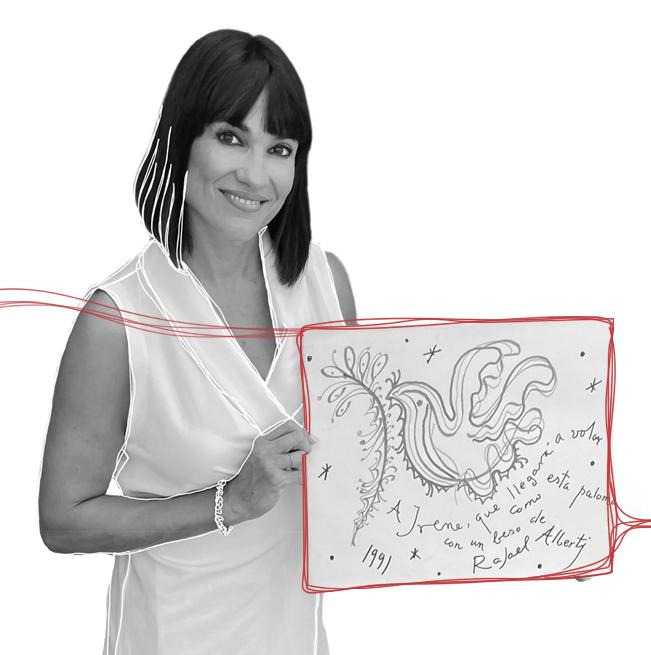
Irene Villa survived an ETA terrorist attack in Madrid, Spain on 17 October 1991, when she was twelve years old. She and her mother, who was dropping her off to school, suffered severe injuries. Irene has since become a public figure: author, journalist, speaker, activist, and athletic member of Spain's first Paralympic skiing team.
She has met many people on this journey, and a gift from one of them stands out: a graphic poem indicating that the meaning of her name relates to the personal mission she took on for her life.
Janne Palthe
London, England, 2005
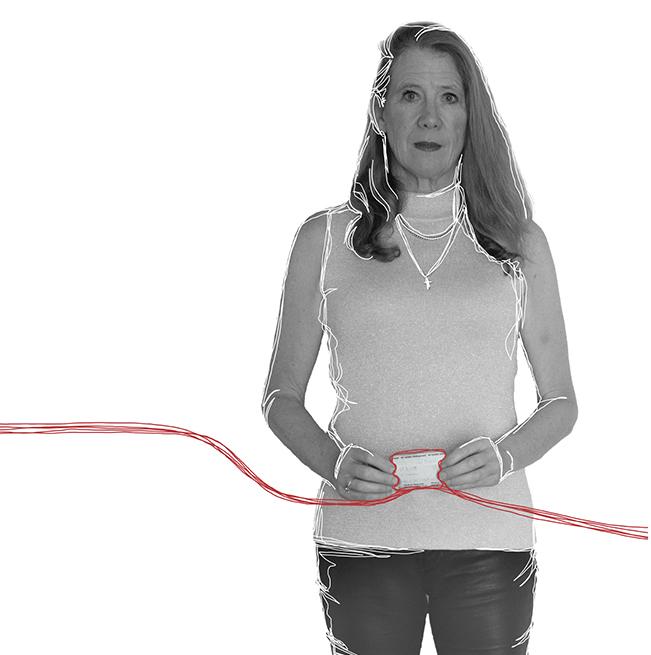
Janne Palthe is a survivor of the London Underground bombings of July 2005.
She keeps her train ticket from 7 July 2008 - the date of the 3rd anniversary of the bombings. The ticket symbolizes her ability to move forward and to be connected with her community of bereaved victims and survivors.
Joseph Pfeifer
New York, USA, 2001

Fire Chief Joseph Pfeifer was the first senior member of the New York City Fire Department on the scene of the 9/11 attacks on the Twin Towers. He took command of the operation in the North Tower, during which he lost his brother — Lieutenant Kevin Pfeifer.
For Joseph, his helmet reminds him of who he was on 9/11 and became a symbol of hope and remembrance of those who lost their lives while saving others.
Julie and Mark Wallace
London, England, 2017
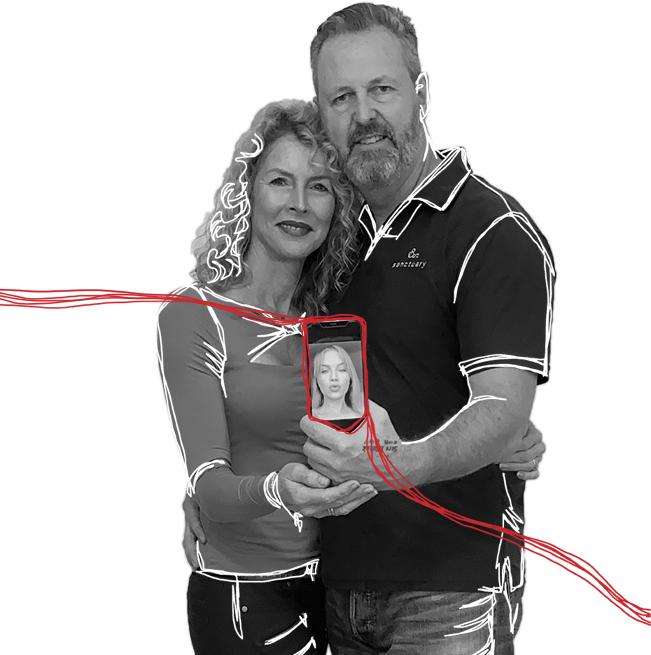
Julie and Mark Wallace lost their daughter, Sara, in the Borough Market attack on 3 June 2017 in London, England.
Sara, aged 21, was working in Europe and kept in touch with her parents over texts and video phone calls while preparing for their reunion. At the time, this connection brought them closer to one another. Today, their phone is a gateway to all the memories of love they shared over photos, chat, emojis and more.
Maysoon Salama
Christchurch, New Zealand, 2019
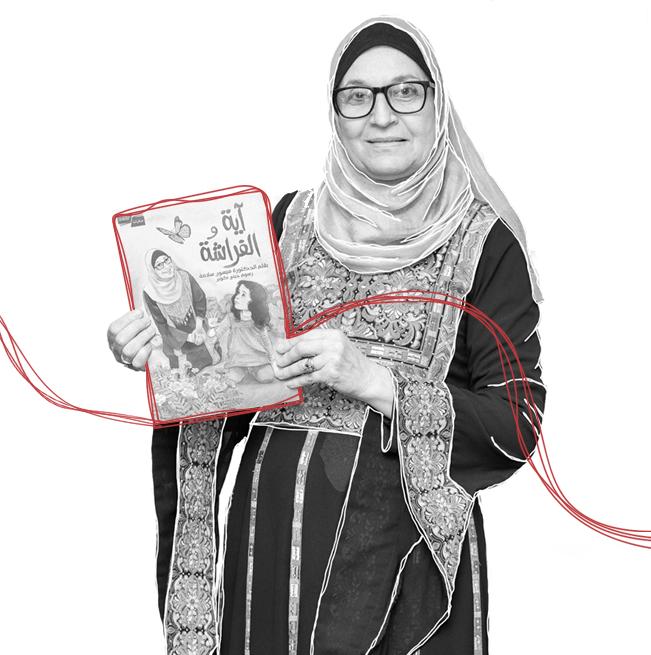
Maysoon Salama lost her son Atta Elayyan in a violent extremist attack that hit two mosques in Christchurch, New Zealand. Atta and his father were in the Al Noor Mosque when a gunman opened fire, killing 51 people and wounding 40.
She is a doctor and the author of a story book written for children dealing with loss and trauma. Inspired by the butterfly life cycle, the book is a tribute to her son and an important mark of Maysoon’s efforts to promote tolerance.
Nanda Olivia Daniel
Jakarta, Indonesia, 2004
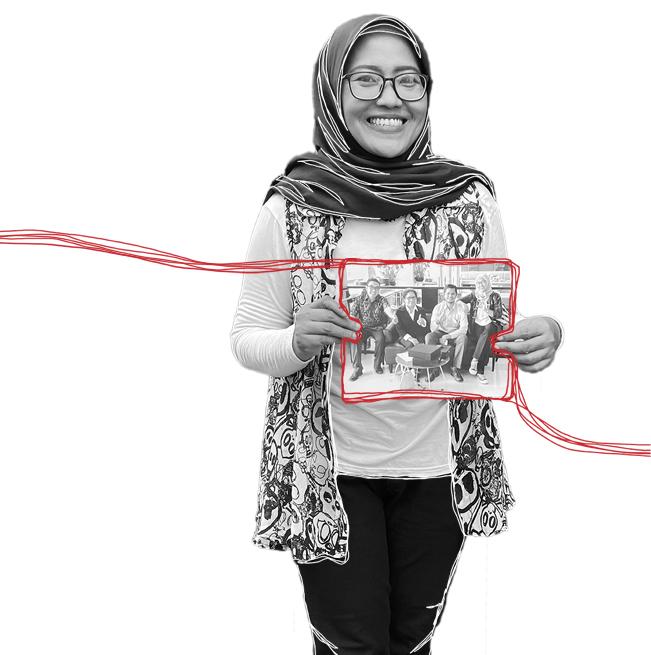
Nanda Daniel is a survivor of the 2004 attack on the Australian Embassy in Jakarta, Indonesia.
Severely injured, she underwent treatment and several surgeries. Friendship, including with other victims, gave her strength to recover and move on. A photo of her and other victims she is close to reminds her of the power of connections.
Nidhi Chaphekar
Brussels, Belgium, 2016
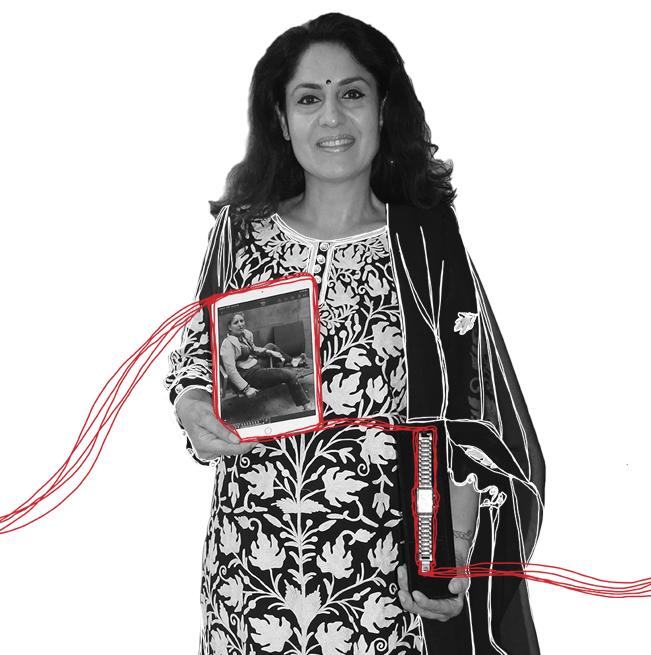
Nidhi Chaphekar is a survivor of the Da'esh bombing at Zaventem Airport in Brussels, Belgium on 22 March 2016.
She was a cabin manager for the Indian airline Jet Airways. For her, the photo, taken moments after the attack, is a symbol of courage and it reminds her that the terrorists never won.
Nigeel Namai
Nairobi, Kenya, 1998
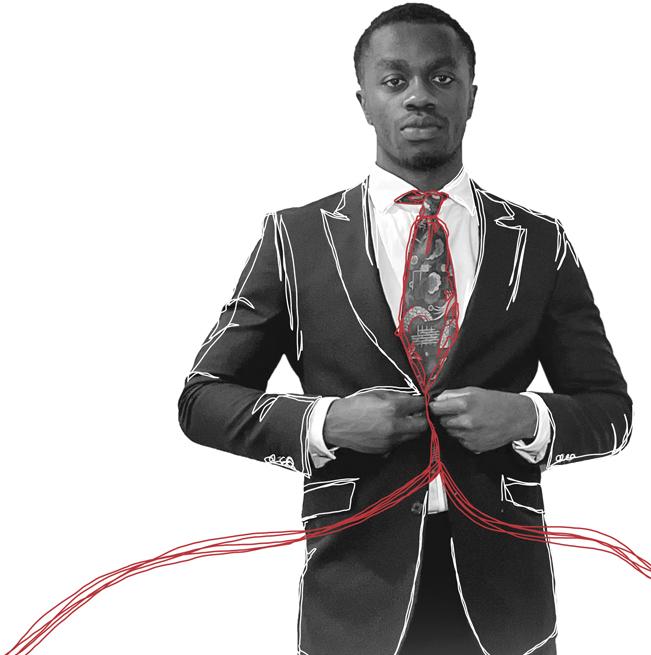
Nigeel Namai was 4 months old when his father was killed in the 1998 attack on the US Embassy in Nairobi, Kenya.
Whenever Nigeel wears a suit, it brings up memories and stories of his father, who was always smartly dressed. He hopes that by wearing a suit his father would be proud of the person he has become.
Parfait Kari Wadjoré
Cameroon, 2014
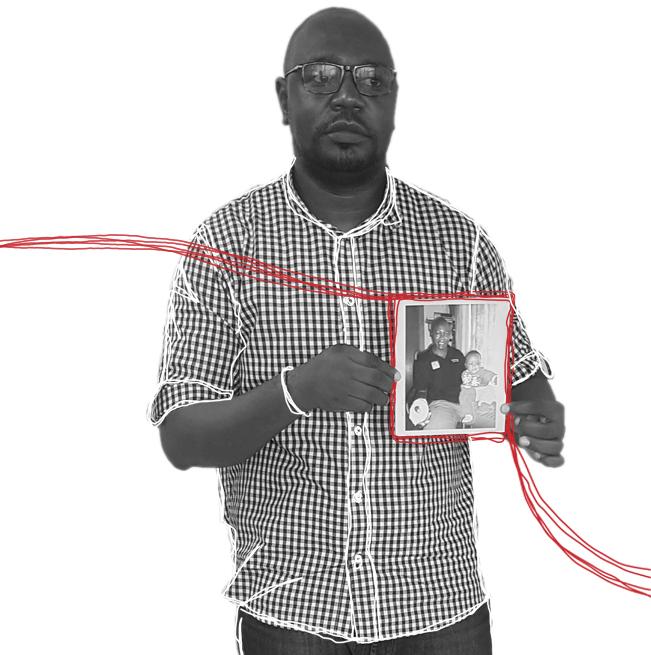
Parfait Kari Wadjoré survived a Boko Haram attack on 19 December 2014 while he and his colleagues were on a business trip to Garoua, in Cameroon.
Reuniting with his son as he recovered from the assault brought back his joy of living and his smile. A 2015 photo taken less than two months after the attack captures what to him is an expression of victory.
Sandra Lescano
Madrid, Spain, 2004

Sandra Lescano is an Ecuadorian survivor of the train bombings in Madrid, Spain in March 2004.
At the time, her daughter was only one year old. The determination to stay alive for her daughter gave Sandra the strength to recover and to keep moving forward. Her daughter continues to provide Sandra with support to overcome life's challenges. By keeping a photo of her daughter on her, she is constantly reminded about the love that surrounds her.
Shannon Silvestri
Boston, MA, USA, 2013

Shannon Silvestri is a survivor of the April 2013 Boston Marathon attack in the United States.
Shannon was there with her two children and friends to watch her husband compete in the race. After overcoming her injuries, Shannon decided to fundraise in honor of the victims and to support survivors of the attack by designing a medal-shaped pin.
Shazia Khan
Pakistan, 2002
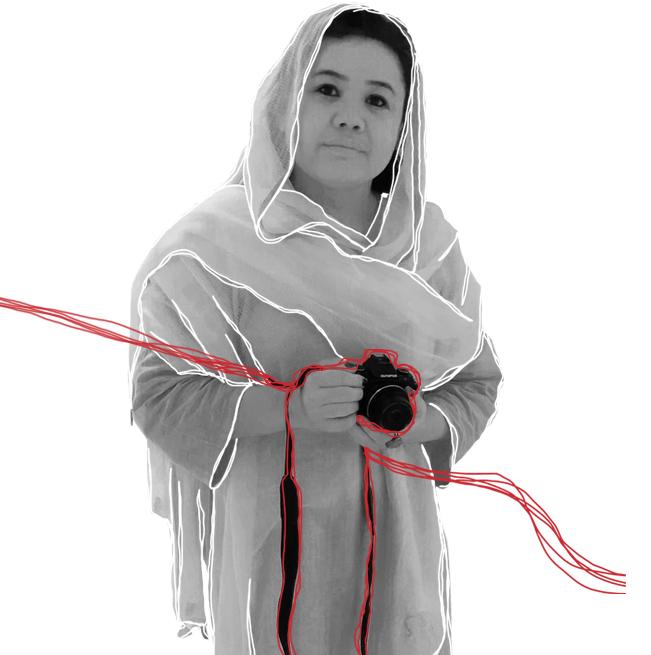
Shazia Khan is a member of the Hazara community from Quetta, Pakistan, and a victim and survivor of terrorism.
She lost her brother in a Taliban attack when she was a child, and later she lost a cousin in a bomb blast in her community. In 2002, she and her mother managed to escape a deadly bombing in her town’s market. Engaged in the protection of the rights of minorities, women and victims, her camera was an important tool to help those around her.
Soad Bedgouri El-Khammal
Casablanca, Morocco, 2003
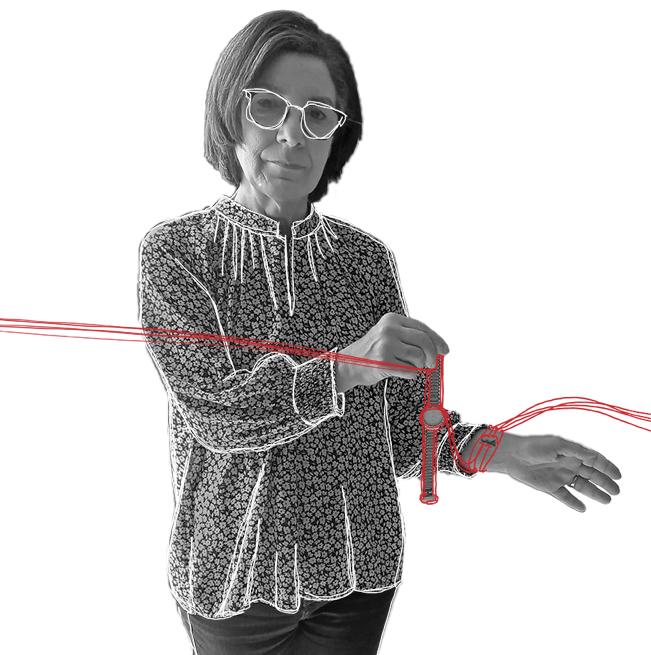
Soad Begdouri El-Khammal lost her husband and her 17-year-old son in the 16 May 2003 attacks which killed 33 people in five synchronized bombings in Casablanca, Morocco.
The moment when time stopped for her husband has been carved into his watch, a belonging Soad retrieved and does not want to be fixed. Soad tattooed her unconditional love for her son onto her skin, to keep him close and always in sight.
Sudirman Talib
Jakarta, Indonesia, 2004
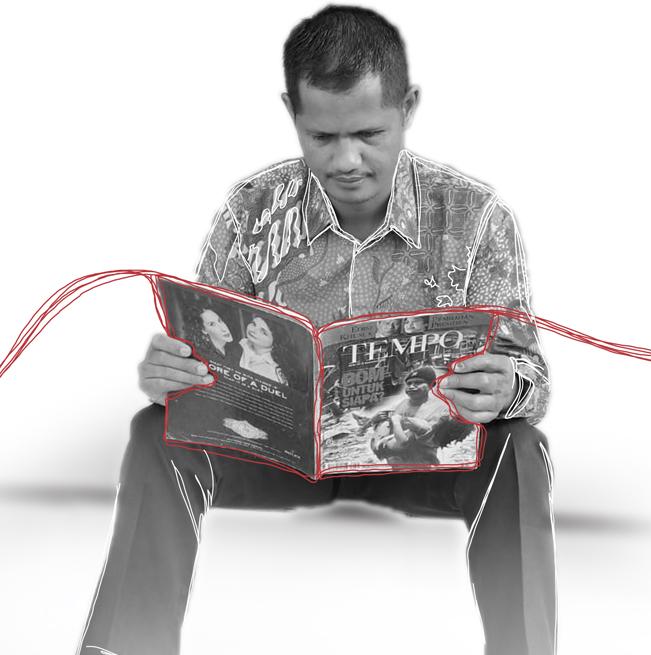
Sudirman Talib is a survivor of the September 2004 attack on the Australian Embassy in Indonesia.
He suffered extensive injuries and trauma from the attack but chose to keep a magazine that features pictures of the attack close to him. The magazine not only helps him tell his story to his family, but reminds him of why he speaks out, and the importance of being heard.
Vera de Benito
Madrid, Spain, 2004

Vera de Benito was 10 years old when she lost her dad in the Madrid train bombings, which killed 192 people and injured many more on 11 March 2004.
For Vera, commemorating victims and being able to speak about what happened helps mitigate the pain. She has since become a journalist. The photo of her father she keeps in her wallet helps her remember the wise person he was and makes her feel like he is still around.
Viljar Hanssen
Utøya, Norway, 2011
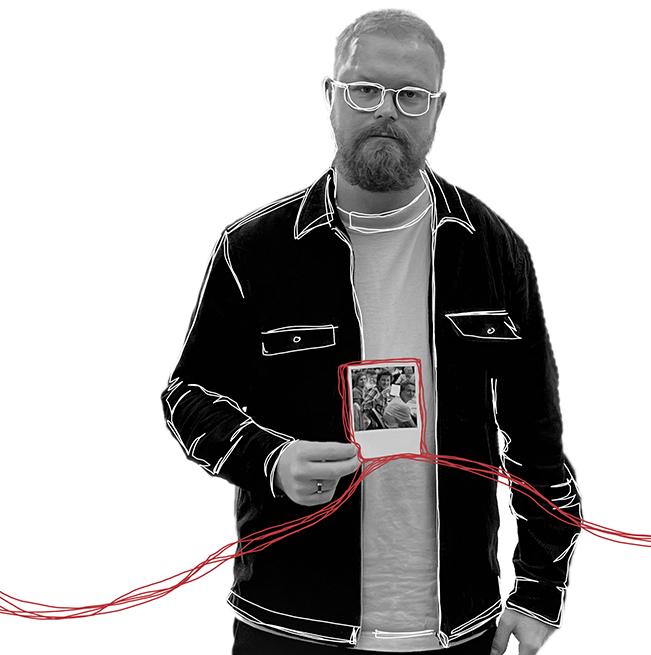
Viljar Hanssen is a survivor of the July 2011 attack at the Utøya summer camp in Norway.
Viljar was severely injured during the attack and faced a long road to recovery. He always carries a picture of himself with two friends who died in the attack as a source of inspiration. The photo reminds him of the youthful energy and optimism they had, and the importance of keeping that spirit alive and knowing that the world continues to be filled with opportunities.
Global Congress of Victims of Terrorism
The first United Nations Global Congress of Victims of Terrorism (“Global Congress”), organized by the United Nations Office of Counter-Terrorism (UNOCT), will be held from 8-9 September 2022 at the UN Headquarters in New York under the theme of “Advancing the Rights and Needs of Victims of Terrorism”. The Global Congress brought together more than 600 participants and will be the world's largest and most diverse gathering of victims of terrorism, Member States, civil society, experts, academics and the private sector convened at this level.

The Global Congress was live-streamed on UN Web TV to ensure virtual participation for victims across the globe and allowed for a diverse audience of stakeholders with the aim of advancing the dialogue and engagement on a victim-centric approach. It was a valuable event and even watching online gave local victims an opportunity to see that they have not been forgotten.
“The Congress aims to encourage genuine interaction between victims of terrorism, associations of victims and Member States on key issues such as protection, remembrance and recognition, access to justice and support and assistance,” said Mr. Vladimir Voronkov, the Under-Secretary- General for Counter-Terrorism, on the occasion of the International Day of Remembrance of and Tribute to the Victims of Terrorism, which was commemorated on 21 August. “An important objective for the Congress is to place issues faced by victims of terrorism high on the international community’s agenda, by providing information, good practices and inspiration with the goal of enshrining the rights of victims of terrorism in domestic frameworks.”
It has given our members a renewed vision for ensuring that their rights and their experience is not forgotten.
